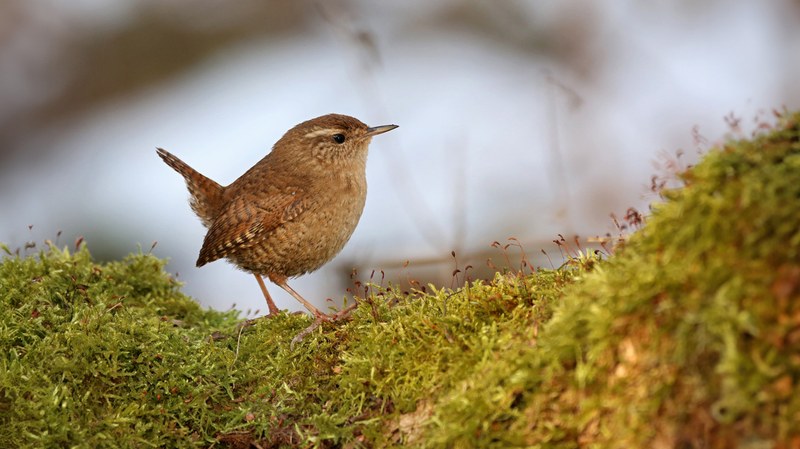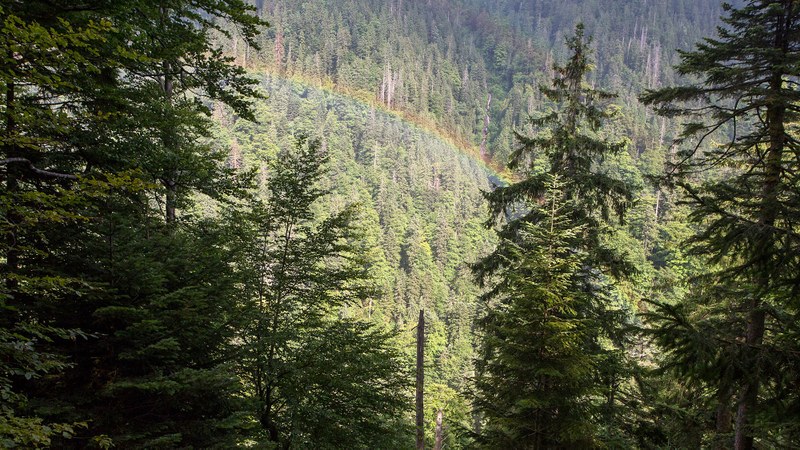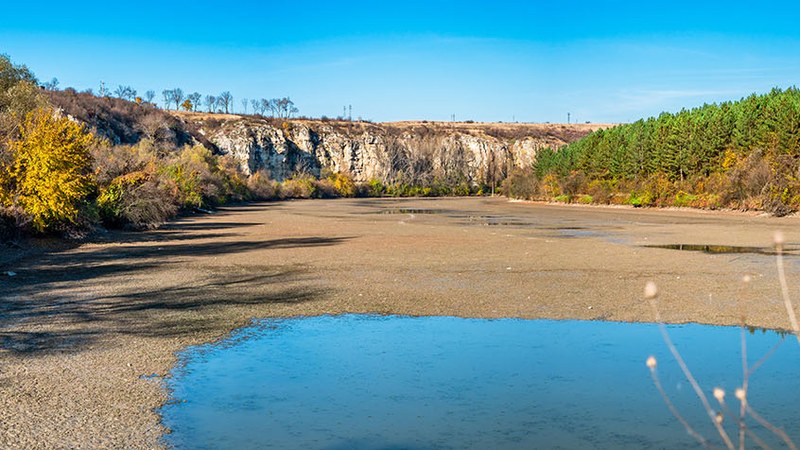All official European Union website addresses are in the europa.eu domain.
See all EU institutions and bodiesForest biological diversity refers to all life forms found in forests, such as trees, plants, animals, fungi and microbes, and their genetic variation. It is determined by various factors, including soils, climate, topography, management and disturbances that are either natural or induced by humans.
Main messages
Europe's forests are home to highly diverse ecosystems, with a rich variety of fauna and flora.
Nearly half of Europe’s native tree species are threatened, per IUCN's Red List, underscoring the need for stronger conservation.
Sustainable forest management practices are key in maintaining and enhancing biodiversity.
Related research highlights

Sustaining Europe’s forest biodiversity: preservation, management and restoration
Europe’s forests represent a rich variety of unique natural heritage. This diversity of ecosystems provides homes for countless plants, animals, fungi and microorganisms, playing a crucial role in maintaining ecological balance and supporting the welfare of societies and economies.

Mapping and protecting primary and old-growth forests: Europe’s imperative conservation task
Majestic and complex, lush and biodiverse: the way we think about primary and old-growth forests reflects their awe-inspiring presence in people’s collective imagination. In the same measure that they are distinctive and unique, these relatively undisturbed forests are also rare and rapidly disappearing in Europe.

How are droughts impacting Europe's forest biodiversity?
Drought events are becoming longer and more severe in Europe. Alerts over low soil moisture are now being issued also in winter and drought has overtaken wind as the most important disturbance agent on the continent. As a result, the structure and resilience of Europe’s forests are starting to face long-term impacts. In countries like Germany, popular terms such as “Waldsterben 2.0” (forest dieback 2.0) are becoming frequent in the media to describe catastrophic tree mortality levels and secondary results from drought, such as bark beetle outbreaks.
Related policies
The Birds and Habitats Directives provide a strong legislative framework for all EU countries to protect the most valuable and threatened biodiversity.
The EU Biodiversity Strategy for 2030. A long-term plan to protect nature and reverse the degradation of ecosystems for the benefit of people, climate and the planet. It formulates targets for protection and strict protection of habitats.
The EU Nature Restoration Regulation aims to restore ecosystems, habitats and species across the EU’s land and sea areas.
The EU Forest Strategy for 2030 sets a vision and concrete actions to improve the quantity and quality of EU forests and strengthen their protection, restoration and resilience.
Related targets
- Under the EU Biodiversity Strategy for 2030, Member States must legally protect at least 30 % of EU land area, of which one‑third should be under strict protection; It considers both nationally protected areas and Natura 2000 sites. See assessment here.
- Article 12 of the Nature Restoration Regulation requires an increasing national trend by 2030 in key forest indicators such as standing and lying deadwood, proportion of uneven‑aged stands, forest connectivity and the common forest bird index. See assessment here.
- The Nature Restoration Regulation requires EU Member States to develop restoration measures, so that by 2030, at least 30 % of the total area of all habitat types, currently not in good conditions, will be considered as ‘good’. By 2040 this should be achieved on at least 60% and by 2050 on at least 90% of those areas. See assessment here.
Related resources
Natura 2000 is a network of sites across the EU27 for rare and threatened habitats and species that are protected. The network aims to ensure the long-term survival of Europe's most valuable and threatened species and habitats, listed under the Birds and Habitats Directives.
Common Database on Designated Areas (CDDA) is a European data bank for officially designated protected areas, such as nature reserves, protected landscapes and national parks. It follows the categorization system for protected areas of the International Union for Conservation of Nature and Natural Resources (IUCN) and the standards of the United Nations to ensure compatibility.
Biodiversity Information System for Europe is the European reference gateway for accessing data, information and knowledge on the status and progress towards EU biodiversity targets. This is derived from data collected through key nature-related policy instruments.
Tree restoration potential in the European Union describes the first quantitative assessment based on European datasets of Europe’s capacity to restore its ecosystems through tree restoration. The study reveals that an extra 59 million ha of land could be covered by trees within the EU, when looking only at the biophysical potential of the EU outside Natura 2000 sites..
Mapping and Assessment of Ecosystems and their Services (MAES) is an analytical framework that includes common typologies of ecosystems for mapping and a typology of ecosystem services for accounting.
European Forest Genetic Resources Programme (EUFORGEN)is an international cooperation programme that promotes the conservation and sustainable use of forest genetic resources in Europe as an integral part of sustainable forest management.
IUCN - Presentation of a forest landscape restoration (FLR) methodology to bring back ecosystem functions in degraded forest landscapes
Horizon Europe is the EU’s key funding programme for research and innovation
